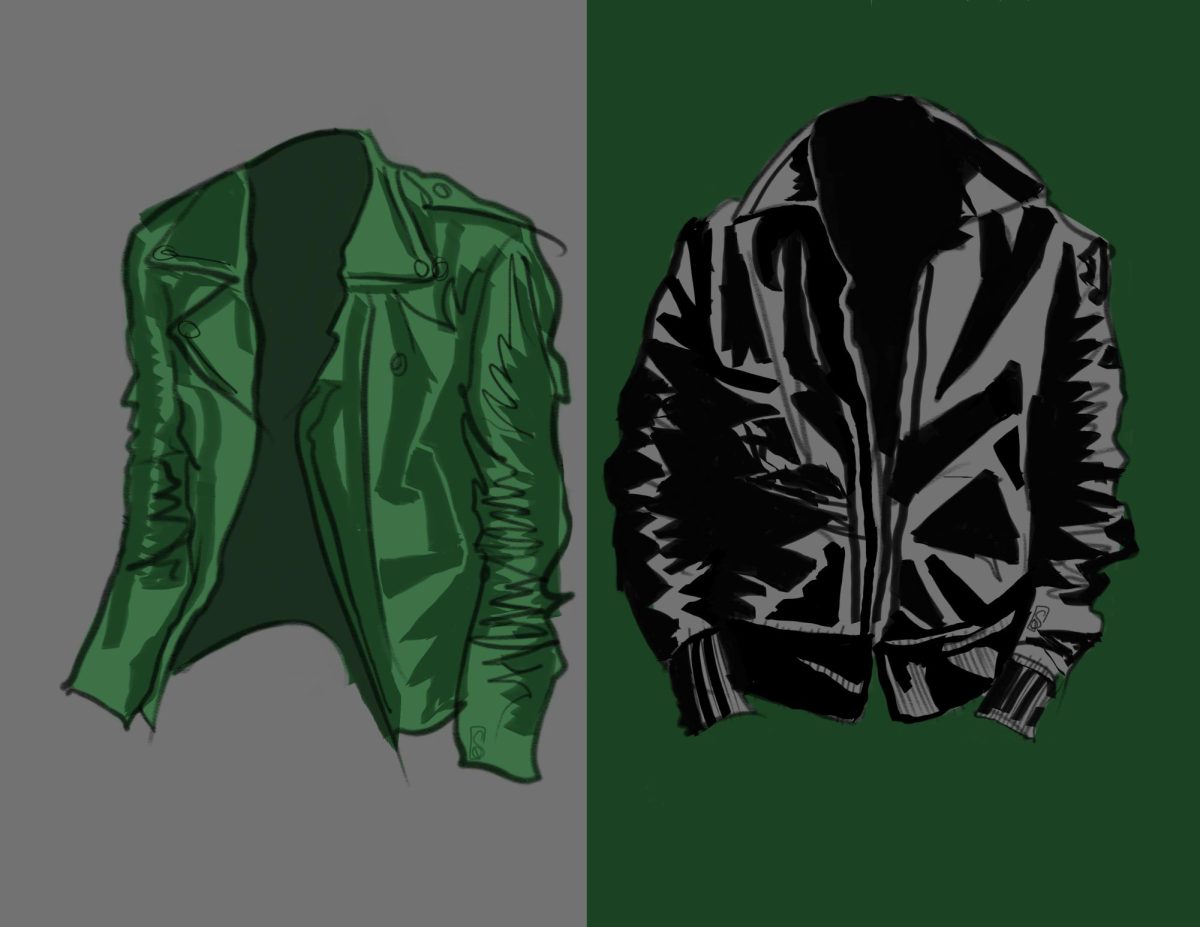Conscience about the environment has been more present in this generation than in any other; companies are well aware of that, leaning toward environmentally-centered branding to sell their products. Animal leather is one of the products that have been replaced with a cruelty-free alternative: vegan leather. While some genuinely use eco-friendly resources, a lot of large-scale, mass-production brands hide under this ecological façade to be a blatant scam and still hurt the environment by taking part in micro-plastic pollution.
The name “vegan leather” does not mean it is biodegradable; it just means that animal cruelty is not present in the manufacturing process of this material — yet, as it solves one issue, it creates another. Most companies do not use plant-based resources to create their so-called vegan leather. They use polyurethane and polyvinyl chloride (PVC), which are materials that are made from fossil fuels that hurt the environment and are, essentially and completely, plastic.
Products are still branded as “environmentally friendly” when they should just be “cruelty-free.” It is crucial that companies list the resources that create their leather so people who genuinely want to take part in helping the environment have tangible knowledge and proof they are contributing to a good cause. There are multiple plant-based, non-plastic alternative fabrics — such as pineapple, cactus, cork and mushroom leather — used by a small number of companies that are truthfully taking part in saving the ecosystem.
The manufacturing of plant-based vegan leather is cheaper and takes less resources than animal leather. The manufacturing of the latter not only hurts an immense amount of animals but also contributes to 14.5% of greenhouse emissions, as well as the release of dangerous chemicals that cause extensive amounts of water pollution.
Companies should not only be aware of the harmful impact of their plastic leather but also replace the material completely and manufacture plant-based leather if they have the excruciating need to sell it to the public for revenue purposes. People should also be aware of the materials used to create their vegan leather products so they do not fall into the scam that companies try to market as eco-friendly.







